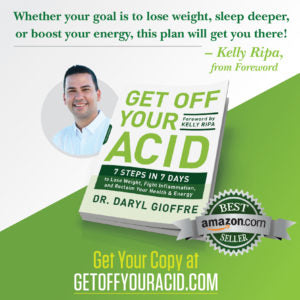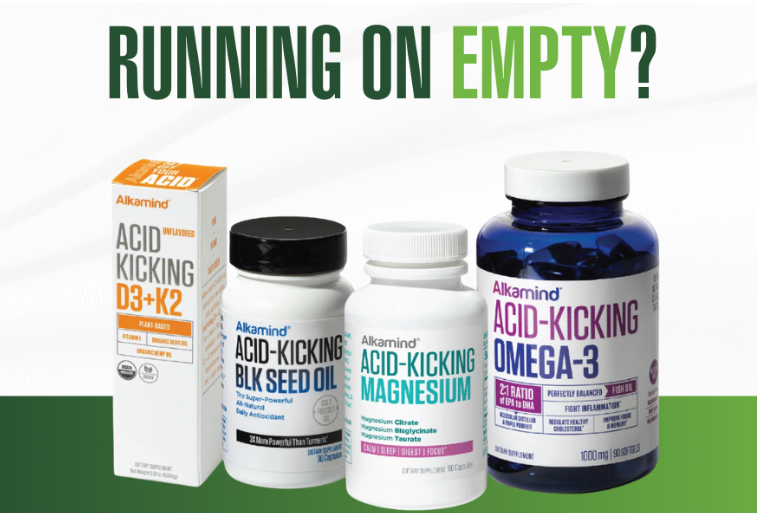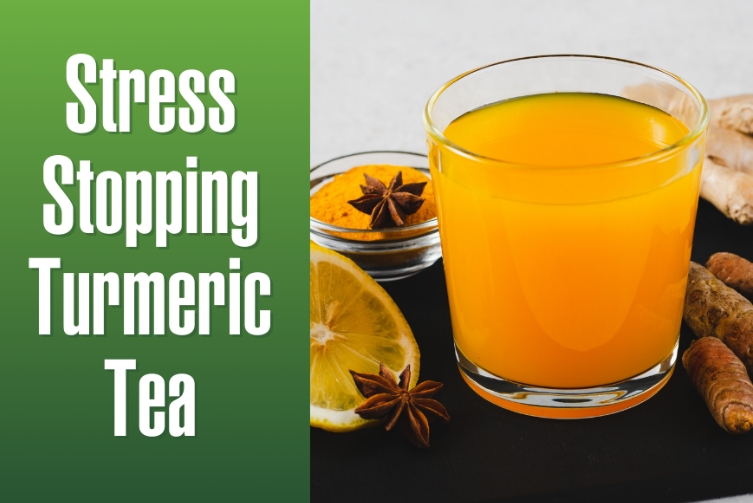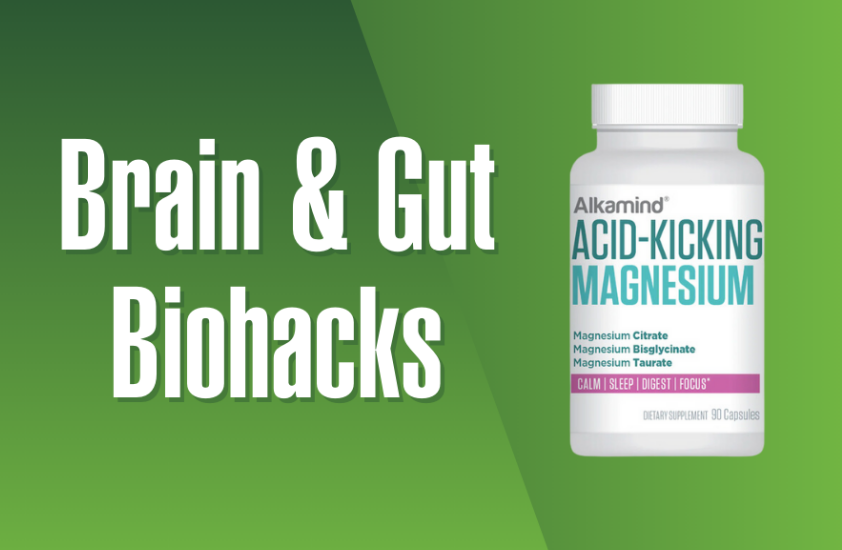 Milk, it does a body good, right? WRONG!
Milk, it does a body good, right? WRONG!
In fact, it does a body BAD.
We’re going to talk about why milk and dairy products in general are not just a bad source of calcium, but also all around detrimental for your health.
And not just bad for you, but bad for your children, who many of us think of as benefiting from drinking a lot of milk.
There’s a reason dairy is the #1 allergy for children.
This also doesn’t just apply to milk, but all dairy. Cheese, yogurt, butter, and ice cream are no exceptions to this information.
Dairy is the most widely consumed category in the Standard American Diet (aka. SAD) with the average American eating a shocking 630 POUNDS of dairy products per year!
In the US, most of us have bought into the highly funded marketing campaigns claiming that dairy is healthy. Hook, line, and sinker.
But this is nothing more than exactly what I said – good marketing – the US dairy industry has invested millions into spreading these unfounded claims.
This is not just my opinion so don’t shoot the messenger. I was shocked when I first learned this information as well.
When we take a look at the science, the TRUTH is clear.
A few statistics…
- 30 million women in the US suffer from osteoporosis, even though Americans are among the highest consumers of dairy in the world.
- After 12 years of study, Harvard researchers noted a correlation between dairy consumption and increased hip fractures in women.
- A Harvard study tested children (ages 6-11) before and after drinking American milk for one month and noted an increase their hormone levels.
- The growth hormone, insulin-like growth factor (IGF-1), often found in milk that has been treated with bovine growth hormone, has been shown to cause early puberty in girls. IGF-1 is also known to mutate healthy breast cells to cancerous cells.
If cow’s milk were a good source of calcium like we’re told, why would dairy consumers have such high rates of osteoporosis and bone fractures?
People believe milk makes bones strong. The fact is, it leaches calcium from bones.
 The lactose (read SUGAR) in milk in particular, which so many people have a hard time digesting, actually pulls calcium from bones rather than adding to it.
The lactose (read SUGAR) in milk in particular, which so many people have a hard time digesting, actually pulls calcium from bones rather than adding to it.
How? Lactose, or milk sugar, is converted to lactic acid once inside the human body. Lactic acid acidifies the blood and sugar, ultimately pulling calcium from bones, while at work to neutralize the acid.
In addition, milk has a 10:1 ratio of calcium to magnesium, which is grossly imbalanced.
Humans need a 1:1 ratio of magnesium to calcium to be able to properly absorb calcium and prevent a heart attack.
Coupled with the fact that cows consume a diet high in Omega-6 fatty acids – corn and soy.
These are the pro-inflammatory fats – drinking cow’s milk is a recipe for heart disease.
Furthermore, when you drink milk, you’re also getting a dose of antibiotics, growth hormones, pesticides, and painkillers. That’s because 80% of all antibiotics in the US are fed to livestock, as well as a huge amount of other drugs.
This leads to bacteria resistance because if we’re consuming milk, we’re getting a little bit of antibiotics all the time. One dose of antibiotics is like a napalm bomb going off in your gut, destroying your healthy microbiome for nearly 2 years!
Our modern dairy supply also relies on homogenization and pasteurization. This process kills any bacteria, but it also zaps most of the beneficial nutrients.
Finally, milk contains casein, a milk protein that is difficult for humans to digest. Actually, even cows aren’t meant to digest it after infancy! And this protein has been linked to cancer, especially breast cancer in women.
Humans are the only species that consume milk after weaning age, and of course, the only mammal consuming another species’ milk.
COWS DON’T EVEN DRINK COWS MILK AFTER WEANING!
When you look at this from a common sense standpoint, don’t you see how crazy this sounds!
So to wrap up what’s wrong with dairy…
- It leads to weaker – not stronger – bones.
- It’s acid-forming in the body.
- It can contribute to heart disease.
- It contains antibiotics, growth hormone, pesticides, and painkillers.
- It’s difficult to digest.
What more do you need to hear? Dairy is downright scary!
So if you’re ready to say bye-bye to dairy products, what can you consume instead?
Coconut Milk, Almond Milk, and Cashew Milk (note – cashews in moderation as they can become contaminated with fungus)
Nut milks are a great alternative to cow’s milk, and they supply more calcium than cow’s milk. Read more about the good, the bad, and the ugly when it comes to nut milk.
Make sure you’re choosing unsweetened nut milks (no cane sugar). And I suggest you buy organic nut milk produced  without carrageenan, a dangerous stabilizer that more and more brands are removing. But read labels to be sure.
without carrageenan, a dangerous stabilizer that more and more brands are removing. But read labels to be sure.
Coconut Oil or Butter
Instead of butter, use raw, cold-pressed coconut butter or coconut oil.
What you don’t want to use is any form of margarine! They contain dangerous trans fats and are extremely acid-forming.
Cashew Cream
This is a great substitute for cream, half and half, and other dairy thickeners. It’s really versatile. Here’s a sweet recipe containing cashew cream, and here’s a savory option.
Cheese Alternatives
This is one food a lot of people think they can’t live without, but take it from this former cheese addict… Once you stop eating cheese, you won’t miss it!
I swap avocado for cheese as a topping on lots of dishes. You can also sprinkle chia or help seeds in place of cheese. Sometimes, just a dash of sea salt after you finish preparing a dish is all it needs. Often, it’s the salt in cheese you’re really interested in.
Better Sources of Calcium
So if dairy doesn’t do a body good, what does?
There are a lot of better food sources of calcium out there. In addition to nut milks, which like I said, deliver more calcium than dairy milk, try these excellent sources of calcium:
- White beans – 19% of your recommended daily value (RDV) in 1 cup
- Kale – 14% of RDV in 1 cup
- Okra – 12% of RDV in 1 cup
- Sesame seeds – 9% of RDV in 1 tbsp.
- Watercress – 8% of RDV in 1 cup
- Bok Choy – 7% of RDV in 1 cup
- Almonds – 7% of RDV in ¼ cup
- Seaweed – 6.5% of RDV in ½ cup
- Green beans – 6% of RDV in 1 cup
In addition to eating foods high in calcium, it’s vital to make sure you’re getting plenty of magnesium, potassium, and sodium bicarbonate so your body can efficiently put calcium to good use, keeping your bones strong.
Alkamind Daily Minerals takes care of all of that for you each and every night. You can rest easy (literally), knowing that you’re getting enough of these 4 crucial minerals – no matter what you ate during the day – to neutralize acid while you sleep.
 Skip to content
Skip to content





